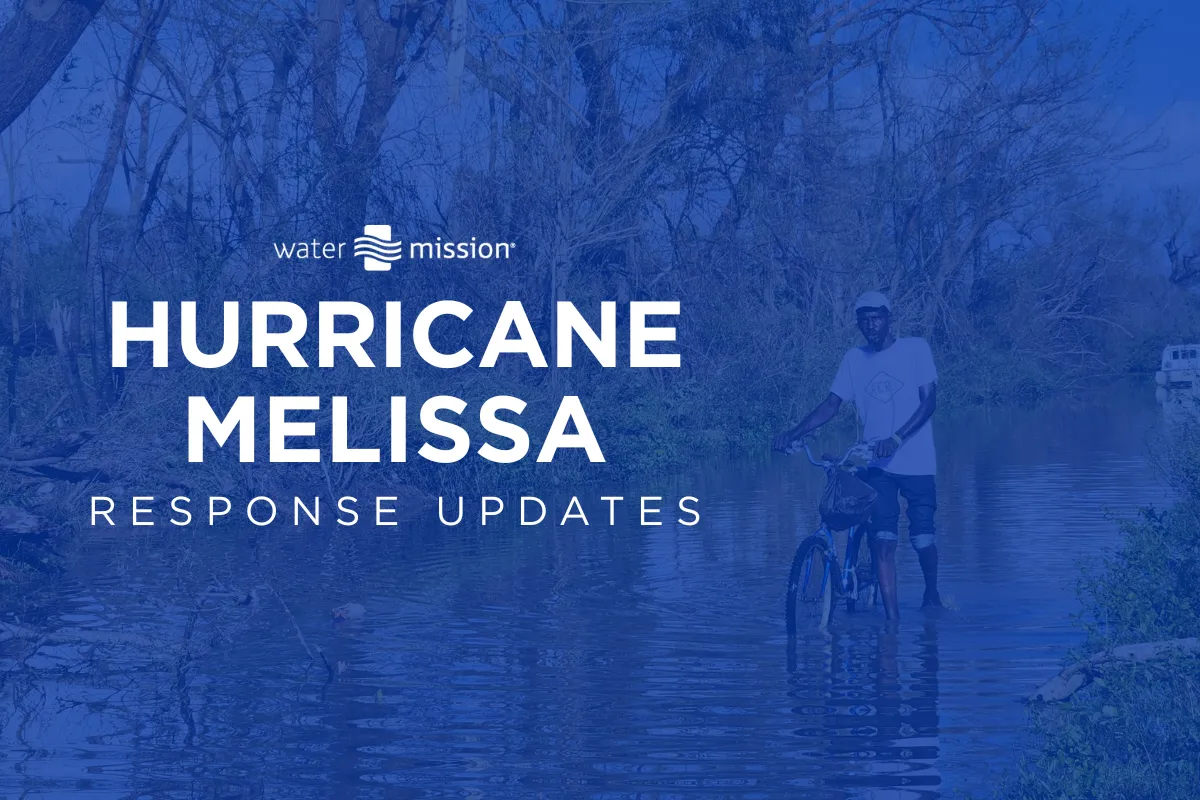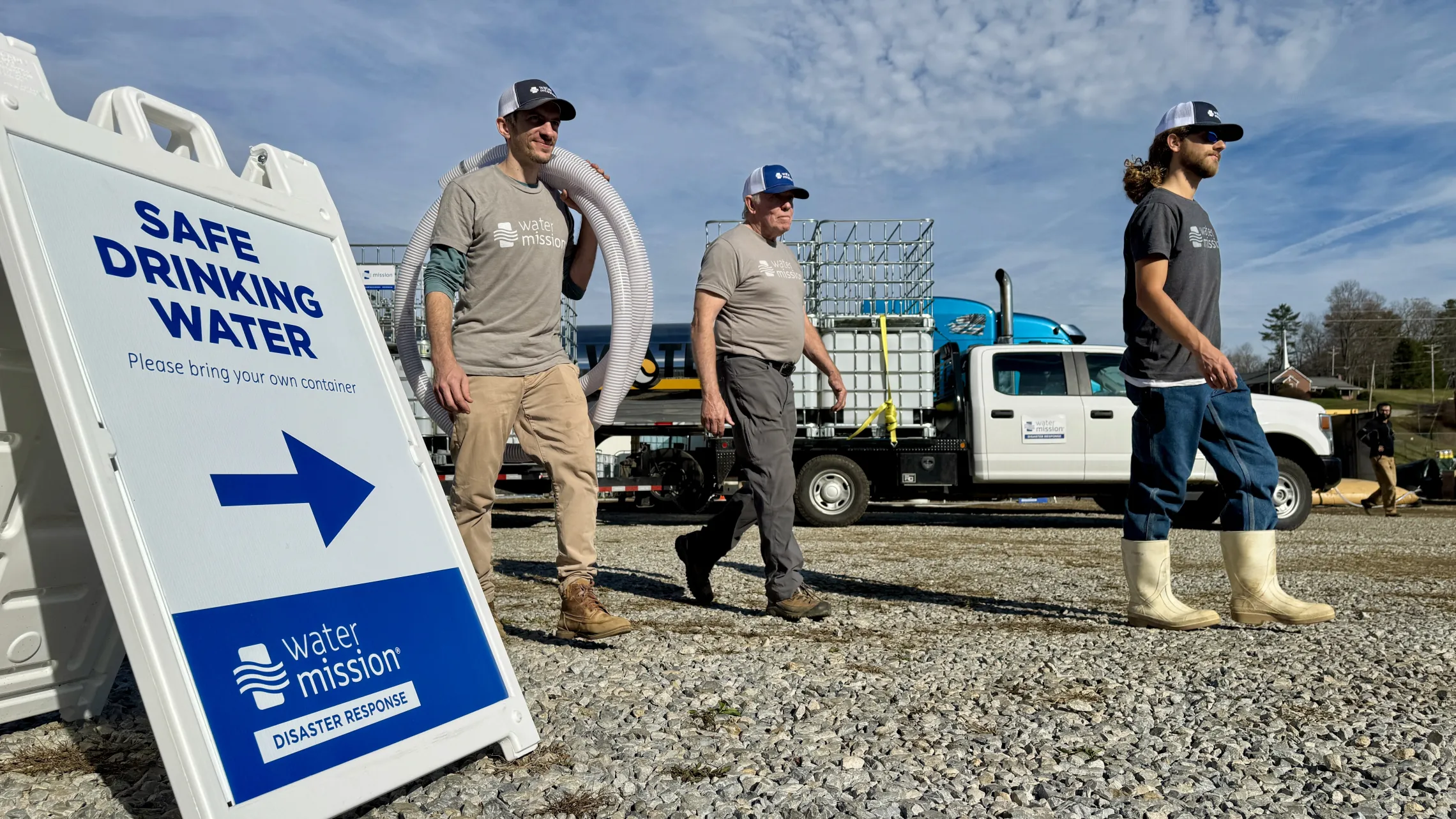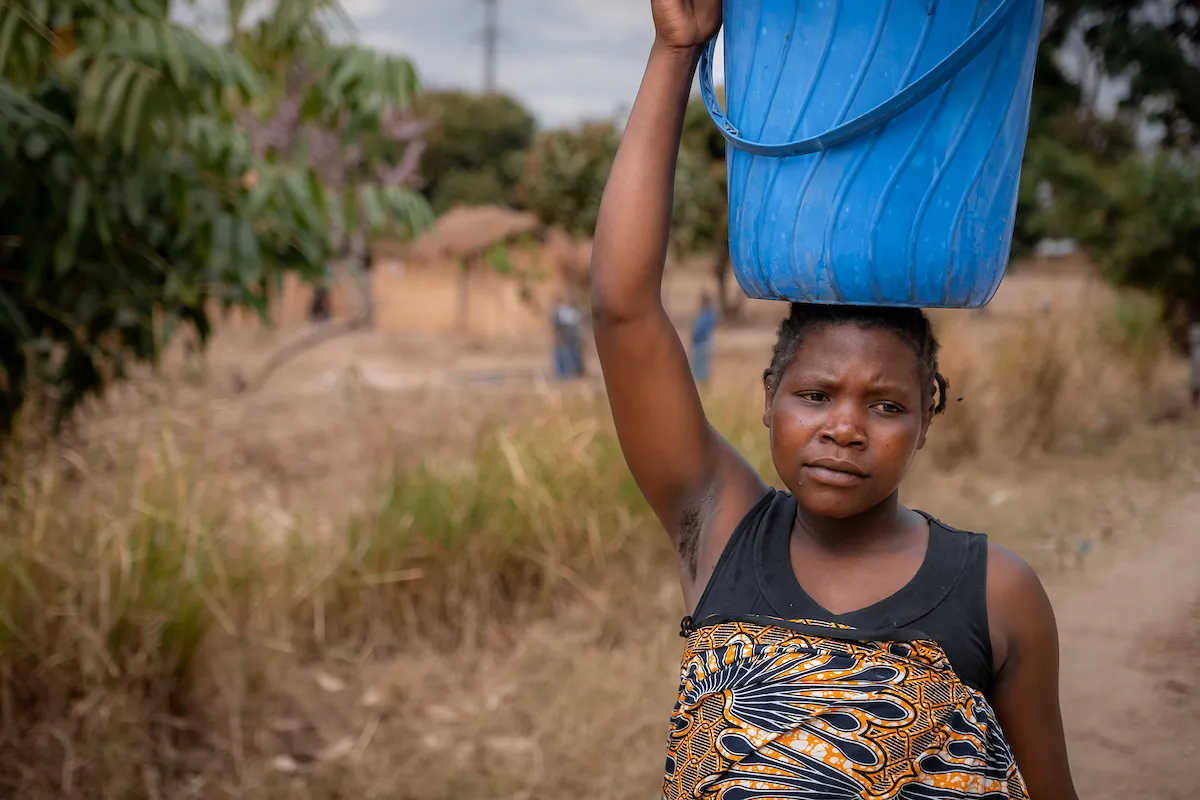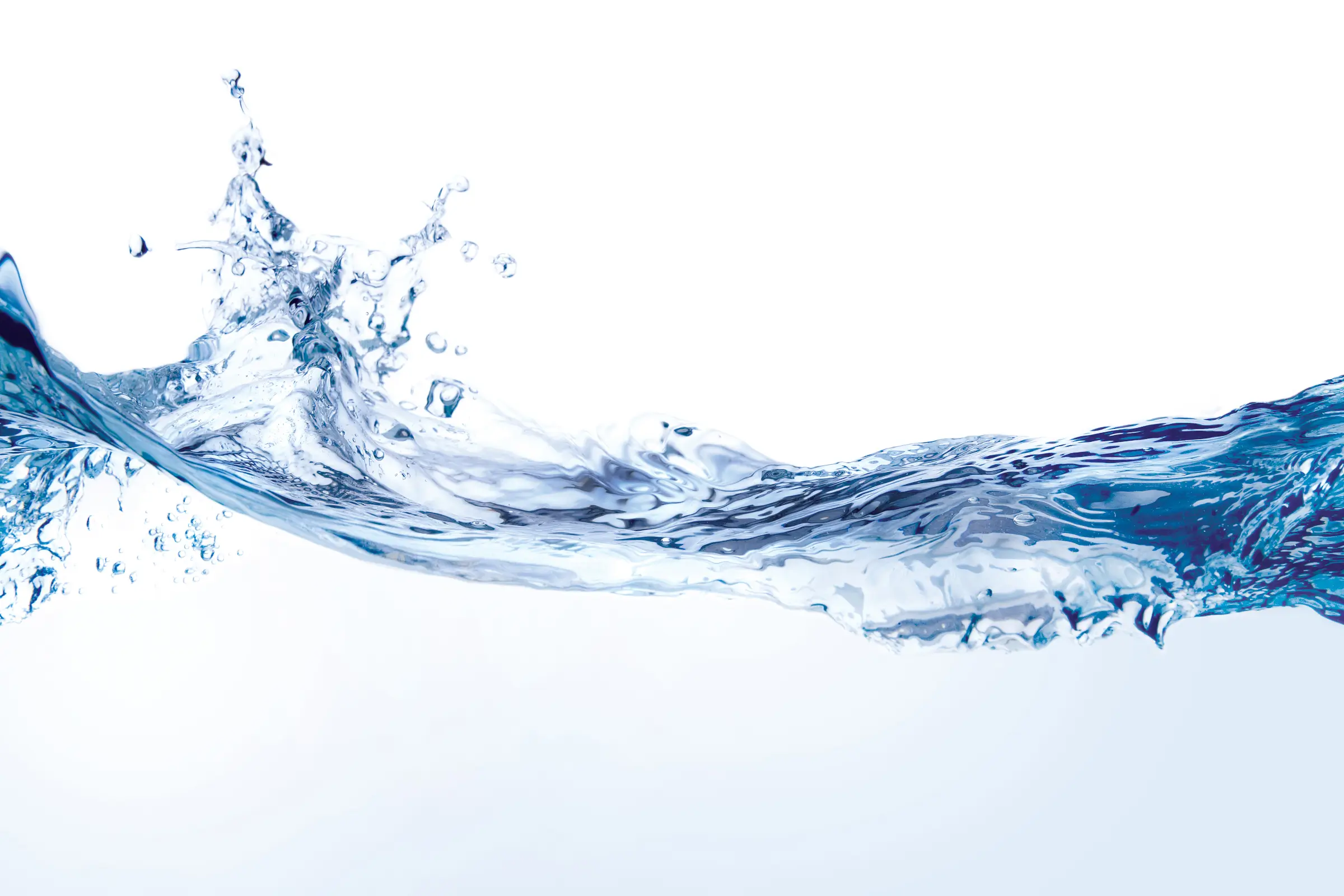Disaster Response: The Philippines
 A Philippine flag stands amongst the damage caused by Typhoon Haiyan. (photo: AP Photo/Aaron Favila)
In the aftermath of this storm, the need for safe water grows more perilous as supplies run short and existing water sources become compromised by debris and human remains. Safe water access will be critical as the people of the Philippines begin to rebuild. Without this safeguard against waterborne illness, there remains a dire risk of outbreak of life threatening disease, some of which can be fatal within hours.
To this end, WMI is working to meet the needs of those affected by Haiyan. “In addition to our own efforts, we're coming alongside other major aid organizations as their implementing partner for the water component of aid relief. We are in dialogue with UNICEF about partnering with other organizations providing aid as we actively carry out our own response," explains George Greene IV, president and chief operating officer at WMI.
Reports on the ground show a growing need for relief supplies, including food, water, and fuel. Due to concerns about potential fuel shortages, we’re also providing back-up solar power options to safeguard against such obstacles.
While WMI has the ability to provide greater assistance to victims, we’re currently limited by available funding to provide ongoing relief. Please help us bringing life-saving water to the victims of Haiyan.
We’ll continue to roll out updates as we broaden our efforts and learn more about the water reality for those left in the wake of this storm’s path.
A Philippine flag stands amongst the damage caused by Typhoon Haiyan. (photo: AP Photo/Aaron Favila)
In the aftermath of this storm, the need for safe water grows more perilous as supplies run short and existing water sources become compromised by debris and human remains. Safe water access will be critical as the people of the Philippines begin to rebuild. Without this safeguard against waterborne illness, there remains a dire risk of outbreak of life threatening disease, some of which can be fatal within hours.
To this end, WMI is working to meet the needs of those affected by Haiyan. “In addition to our own efforts, we're coming alongside other major aid organizations as their implementing partner for the water component of aid relief. We are in dialogue with UNICEF about partnering with other organizations providing aid as we actively carry out our own response," explains George Greene IV, president and chief operating officer at WMI.
Reports on the ground show a growing need for relief supplies, including food, water, and fuel. Due to concerns about potential fuel shortages, we’re also providing back-up solar power options to safeguard against such obstacles.
While WMI has the ability to provide greater assistance to victims, we’re currently limited by available funding to provide ongoing relief. Please help us bringing life-saving water to the victims of Haiyan.
We’ll continue to roll out updates as we broaden our efforts and learn more about the water reality for those left in the wake of this storm’s path.
Related Impact Stories










